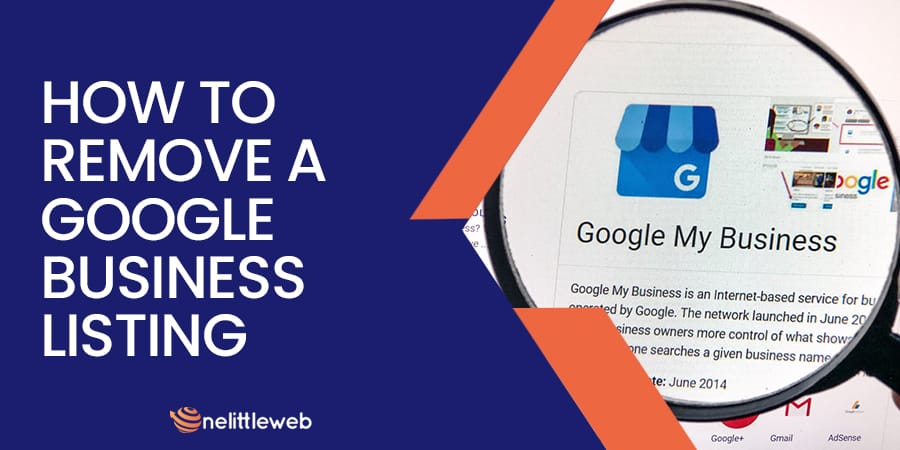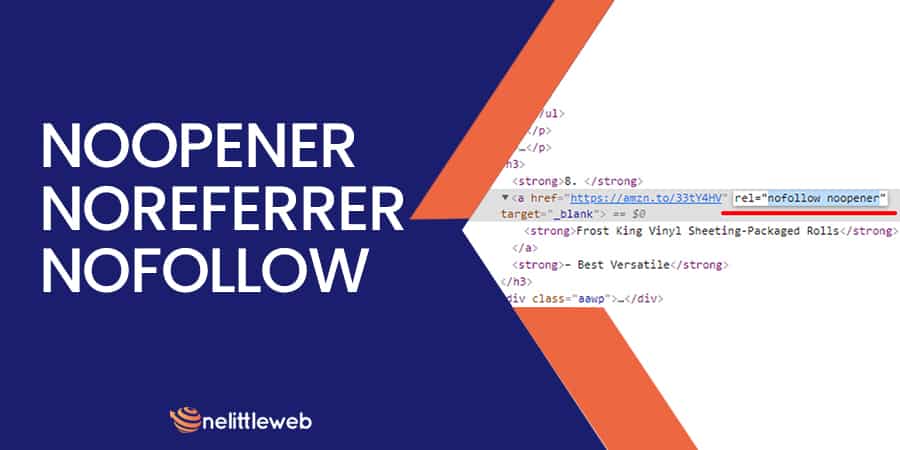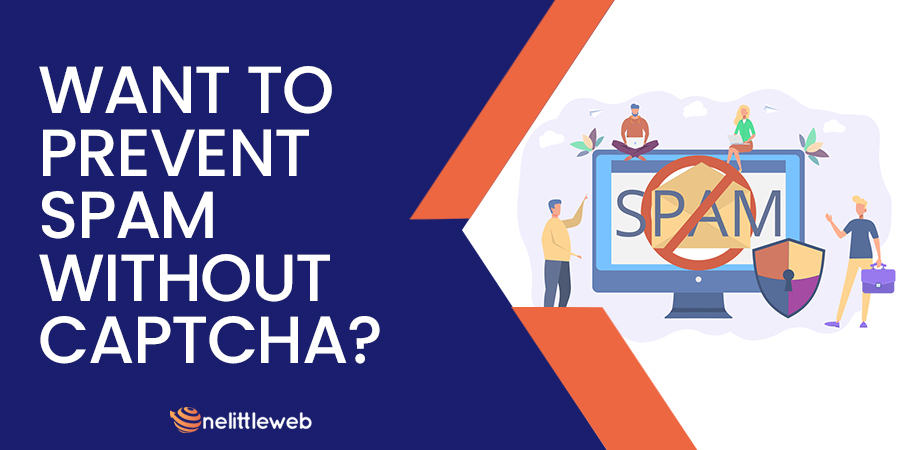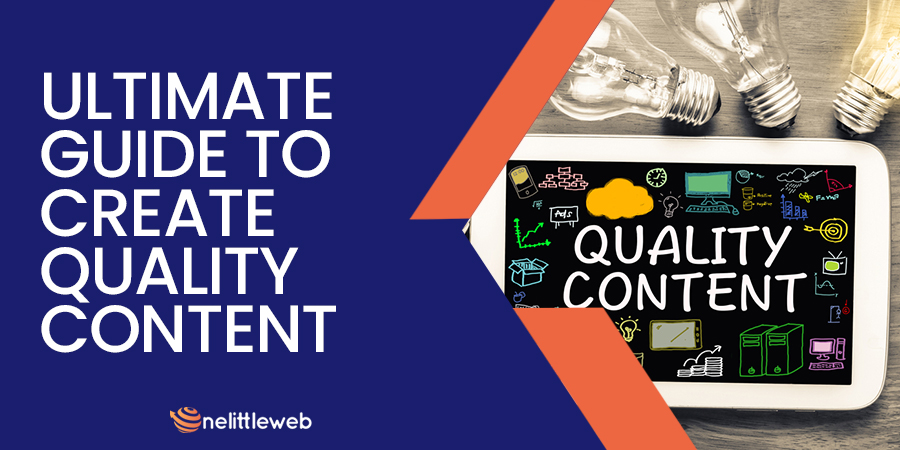
Is Using Hyphens in Domain Names a Good or Bad Idea for SEO and User Experience?
To use or not to use hyphens in domain names – that’s a question plenty of website owners are plagued

To use or not to use hyphens in domain names – that’s a question plenty of website owners are plagued

Scratching your head over how to remove your business listing from Google since you no longer own it? Discover how

Got the XML site map right, the schema perfect, and the page load speed at its optimum but still can’t

Giving it your all on SEO but not sure how it can be affected by noopener noreferrer nofollow HTML attributes?

Spam has been an inseparable enemy of the site owners since the inception of the internet. In fact, it would

The internet is flooded by a plethora of content by various websites that want to rank on Google. But not

If you’ve been managing a website for long, you already know that SEO changes all the time. Sometimes, the change

As a blogger, you must’ve heard this a thousand times: to rank well on Google, you need to optimize your

Finding a hidden door can be exciting. You unlock the door, hoping to discover a pile of treasures. But, how
So, you’ve got a website with some of the most fabulous content. However, you are still having trouble to rank

Locations
North America HQ
35-06 73rd St #3K
Queens, NY 11372
Asia HQ
Ranks Business Center
Ka-218/1, Pragati Sarani
Dhaka 1229, Bangladesh
Company